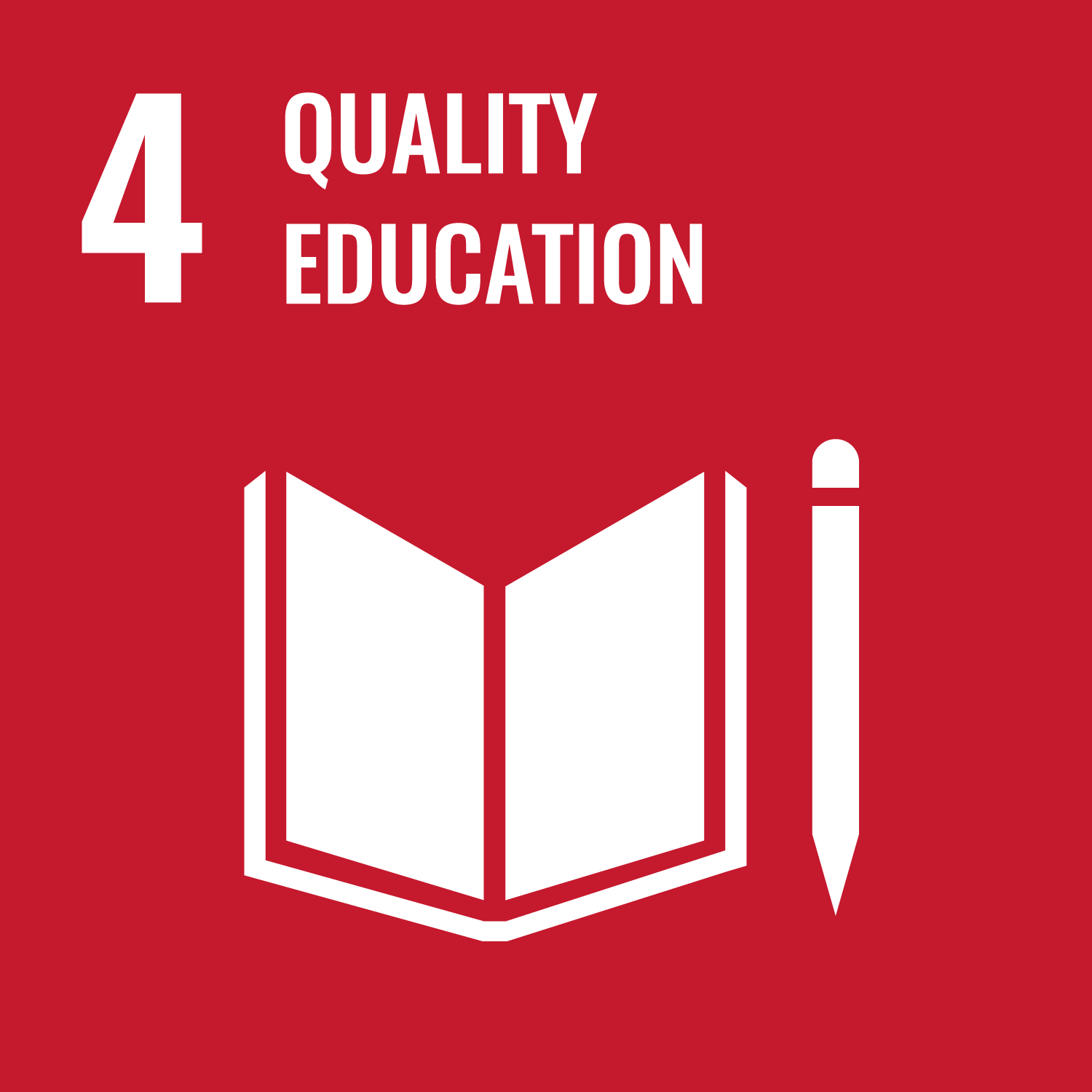ORCID
- John Tredinnick-Rowe: 0000-0002-1154-7410
Abstract
This essay sets out to explain how educational semiotics as a discipline can be used to reform medical education and assessment. This is in response to an ongoing paradigm shift in medical education and assessment that seeks to integrate more qualitative, ethical and professional aspects of medicine into curricula, and develop ways to assess them. This paper suggests that a method to drive this paradigm change might be found in the Peircean idea of suprasubjectivity. This semiotic concept is rooted in the scholastic philosophy of John of St Thomas, but has been reintroduced to modern semiotics through the works of John Deely, Alin Olteanu and, most notably, Charles Sanders Peirce. I approach this task as both a medical educator and a semiotician. In this paper, I provide background information about medical education, paradigm shifts, and the concept of suprasubjectivity in relation to modern educational semiotic literature. I conclude by giving examples of what a suprasubjective approach to medical education and assessment might look like. I do this by drawing an equivalence between the notion of threshold concepts and suprasubjectivity, demonstrating the similarities between their positions. Fundamentally, medical education suffers from tensions of teaching trainee doctors the correct balance of biological science and situational ethics/ judgement. In the transcendence of mind-dependent and mind-independent being the scholastic philosophy of John of St Thomas may be exactly the solution medicine needs to overcome this dichotomy.
DOI Link
Publication Date
2018-12-31
Publication Title
Sign Systems Studies
Volume
46
Issue
4
ISSN
1406-4243
Acceptance Date
2018-01-01
Embargo Period
2021-12-03
Creative Commons License

This work is licensed under a Creative Commons Attribution-No Derivative Works 4.0 International License.
First Page
491
Last Page
516
Recommended Citation
Tredinnick-Rowe, J. (2018) 'Can semiotics be used to drive paradigm changes in medical education?', Sign Systems Studies, 46(4), pp. 491-516. Available at: 10.12697/sss.2018.46.4.05


